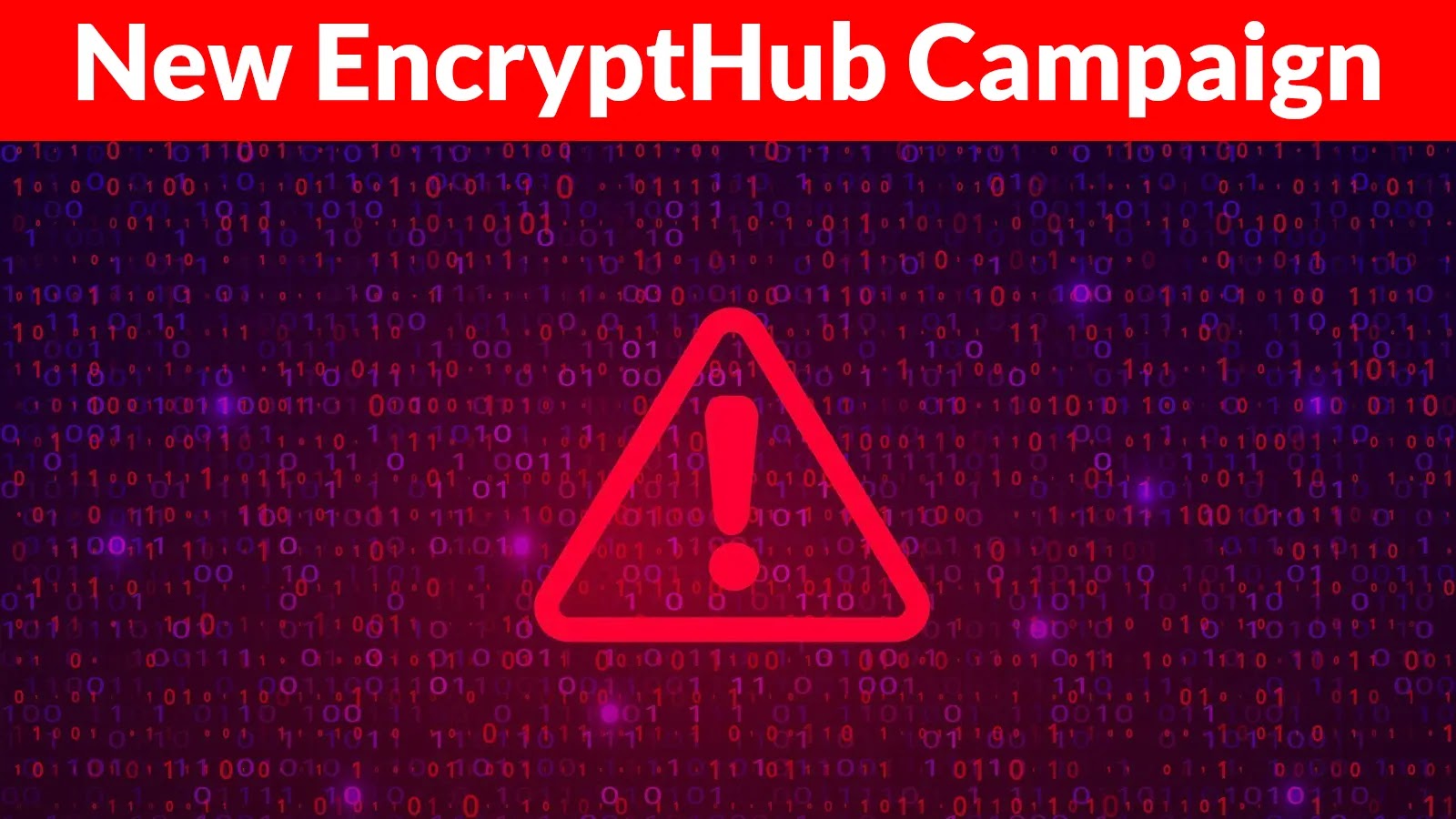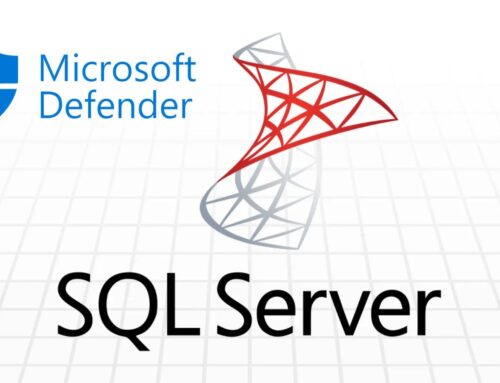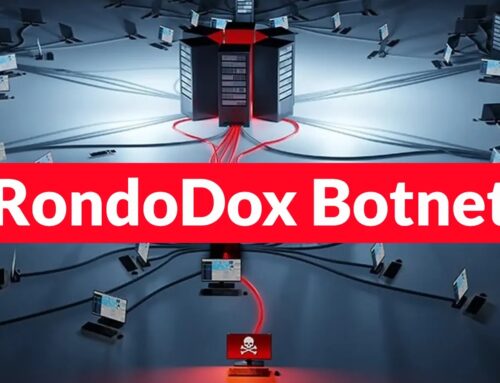
New EncryptHub Campaign Leverages Brave Support Platform to Deliver Malicious Payloads via MMC Vulnerability
The digital frontier is constantly under siege, with threat actors relentlessly innovating their attack methodologies. Among these, the emergence of the EncryptHub threat group, also tracked as LARVA-208 and Water Gamayun, signals a new level of sophistication. This group has garnered significant attention for its aggressive campaigns, particularly against Web3 developers, by exploiting legitimate platforms for malicious payload delivery. Understanding their tactics, especially their recent leveraging of the Brave Support platform and the exploitation of the Microsoft Management Console (MMC) vulnerability (CVE-2024-21316), is critical for fortifying our defenses.
EncryptHub: A New Apex Predator in Cyber Warfare
EncryptHub, operating under the monikers LARVA-208 and Water Gamayun, represents a formidable adversary. Their operations are characterized by a targeted approach, primarily focusing on Web3 developers. This focus indicates a clear intent to compromise high-value targets within the burgeoning decentralized technology space, likely for financial gain through cryptocurrency theft or intellectual property exfiltration. What sets EncryptHub apart is their adeptness at abusing trusted platforms, blending malicious activities seamlessly into legitimate digital ecosystems. This tactic significantly increases their attack efficacy by bypassing traditional security measures that often whitelist known and reputable services.
Exploiting Trust: The Brave Support Platform Vector
One of the most alarming aspects of EncryptHub’s recent campaigns is their exploitation of the Brave Support platform. Brave, a web browser known for its privacy-centric features and built-in ad blocker, maintains a support forum for its users. Threat actors leveraging such a platform demonstrate a deep understanding of social engineering and technical evasion. By embedding malicious content or links within what appears to be a legitimate support channel, EncryptHub elevates the probability of successful compromise. Users, trusting the source, are more likely to interact with fraudulent content, inadvertently initiating the infection chain.
CVE-2024-21316: The MMC Vulnerability at Play
The technical linchpin of this EncryptHub campaign is the exploitation of the Microsoft Management Console (MMC) vulnerability, specifically CVE-2024-21316. This is a critical security bypass vulnerability affecting the MMC, a component widely used by IT administrators for system management. A successful exploit of CVE-2024-21316 could allow an attacker to bypass protections and execute arbitrary code on a compromised system. EncryptHub’s use of this vulnerability within the context of their Brave Support platform attacks highlights a sophisticated understanding of both social engineering and system-level exploitation. They craft scenarios where users download seemingly innocuous files that, when executed, exploit CVE-2024-21316 to gain initial access and deliver their malicious payloads.
Remediation Actions
Mitigating the threat posed by EncryptHub and similar sophisticated adversaries requires a multi-layered security strategy. Proactive measures are paramount to defending against attacks leveraging legitimate platforms and critical vulnerabilities like CVE-2024-21316.
- Patch Management: Immediately apply the latest security updates and patches from Microsoft, especially those addressing CVE-2024-21316. Ensure all software, operating systems, and applications are kept up-to-date.
- User Education: Conduct regular cybersecurity awareness training for all employees, particularly those in roles accessing sensitive data or developing Web3 applications. Emphasize the dangers of clicking suspicious links, downloading files from unsolicited sources (even seemingly legitimate ones), and the importance of verifying sender identities.
- Multi-Factor Authentication (MFA): Implement and enforce MFA across all critical systems and user accounts. This adds a crucial layer of security, making it significantly harder for attackers to gain unauthorized access even if credentials are compromised.
- Endpoint Detection and Response (EDR): Utilize EDR solutions to monitor endpoints for suspicious activity, detect anomalous behavior, and respond to threats in real-time. EDR can help identify payload delivery and execution attempts, even if initial bypasses are successful.
- Network Segmentation: Segment networks to limit the lateral movement of attackers. If one segment is compromised, it restricts the ability of the threat actor to spread across the entire infrastructure.
- Principle of Least Privilege: Enforce the principle of least privilege for all users and processes. Grant only the minimum necessary permissions required for a user or application to perform its function. This minimizes the impact of a compromised account.
- Regular Backups: Maintain regular, offsite, and isolated backups of all critical data. Test backup restoration procedures to ensure data recoverability in the event of a successful attack.
- Threat Intelligence Integration: Subscribe to and integrate current threat intelligence feeds into security operations. Staying informed about the latest TTPs (Tactics, Techniques, and Procedures) of groups like EncryptHub (LARVA-208, Water Gamayun) enables proactive defense.
Detection and Mitigation Tools
A robust security posture relies on effective tools for detection, scanning, and mitigation. Here are some categories of tools crucial for countering threats like EncryptHub’s campaigns:
| Tool Name/Category | Purpose | Link (Example/Type) |
|---|---|---|
| Endpoint Detection & Response (EDR) Solutions | Real-time monitoring, detection, and response to threats on endpoints. | Vendor-specific (e.g., CrowdStrike Falcon, SentinelOne, Microsoft Defender for Endpoint) |
| Vulnerability Management Solutions | Scanning systems for known vulnerabilities, including CVE-2024-21316. | Tenable.io, Qualys, Rapid7 InsightVM |
| Security Information & Event Management (SIEM) | Centralized collection and analysis of security logs for threat detection. | Splunk, IBM QRadar, Microsoft Sentinel |
| Patch Management Software | Automating the deployment of software updates and security patches. | Microsoft Endpoint Configuration Manager, Ivanti Patch for MEM |
| Phishing Simulation & Training Platforms | Educating users and testing their susceptibility to social engineering attacks. | KnowBe4, Cofense, Proofpoint Security Awareness Training |
| Network Intrusion Detection/Prevention Systems (NIDS/NIPS) | Monitoring network traffic for malicious activity and blocking threats. | Snort, Suricata, Commercial NIDS/NIPS appliances |
Insights and Outlook
The EncryptHub campaign, with its audacious use of a trusted platform like Brave Support and a critical system vulnerability in MMC (CVE-2024-21316), underscores a significant shift in the adversary’s playbook. We are witnessing a clear trend: threat actors are moving beyond generic attacks to highly targeted campaigns that leverage both sophisticated technical exploits and ingenious social engineering. Their focus on Web3 developers is a stark reminder of the financial allure of decentralized technologies and the increasing need for specialized security practices within this sector. Keeping abreast of such evolving tactics and prioritizing a defense-in-depth strategy, from robust patch management to proactive user education, is no longer merely best practice—it is an imperative for survival in the contemporary cyber landscape.





